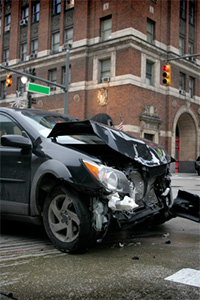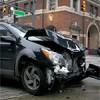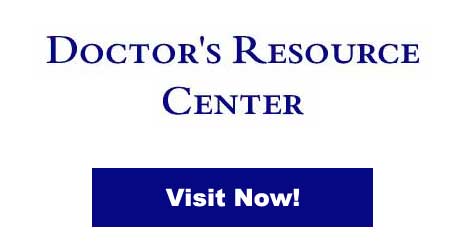 When you hurt, there’s nothing more important than having it stop! How long that takes will be determined by first knowing what is injured. Behind the back pain, neck pain, headache pain, arm or leg pain that you know, there are many possible body parts that can be involved. When it comes to car accidents and the “whiplash”-types of injuries that can occur, common assumptions about what may be hurt are nerves, muscles, ligaments, discs, tendons and joints. Beyond that, a list of possibilities can go on and on, so it is best to get checked. This should be performed by someone skilled in this area of injury care and with exam procedures that go beyond the emergency room “life threatening” type of evaluation.
When you hurt, there’s nothing more important than having it stop! How long that takes will be determined by first knowing what is injured. Behind the back pain, neck pain, headache pain, arm or leg pain that you know, there are many possible body parts that can be involved. When it comes to car accidents and the “whiplash”-types of injuries that can occur, common assumptions about what may be hurt are nerves, muscles, ligaments, discs, tendons and joints. Beyond that, a list of possibilities can go on and on, so it is best to get checked. This should be performed by someone skilled in this area of injury care and with exam procedures that go beyond the emergency room “life threatening” type of evaluation.
Once the injury is “uncovered” then it can be easier to tell how long it will take to recover (recover meaning heal, not just stop hurting). The classic auto accident injury is called a sprain (ligament tear) and strain (tendon and/or muscle tear). There are 3 degrees of these injuries, with more and more tissue involved the worse it is torn.
In 1995 a “prognosis scale” (a forecast of the course of a health problem) was introduced describing lengths of time it would take to recover or get to a point of being as good as possible. This was later confirmed by 2001. It showed for necks that:
- Type 1 injuries of the neck with pain and no loss of motion healed the quickest.
- Type 2 injuries with pain, neck movement reduced and no neurological involvement on exam findings, healed next quickest.
- Type 3 injuries with pain, reduced neck movement and loss of normal neurological function, healed the slowest and had the worst results over the long run.
Other factors can enter into this like arthritis, other injuries or general health problems. Even individual neck joints can be hurt but overall neck motion appear normal. Each person’s health and injury situation is unique, as is each car accident.
To get answers and solutions about getting relief from your auto accident, get checked by a health care professional that 1) really understands their way around ALL the injury possibilities & 2) is familiar with a FULL array of care and treatment options that can have the quickest, best, and most direct effect. Keep in mind though, quickest may not always be best, as in the case of medication use that “masks” pain, but actually does little to help heal an injury. (A topic for a future date).
By Dr. William T. Norlin Chiropractor in Minneapolis/St Paul, Minnesota











